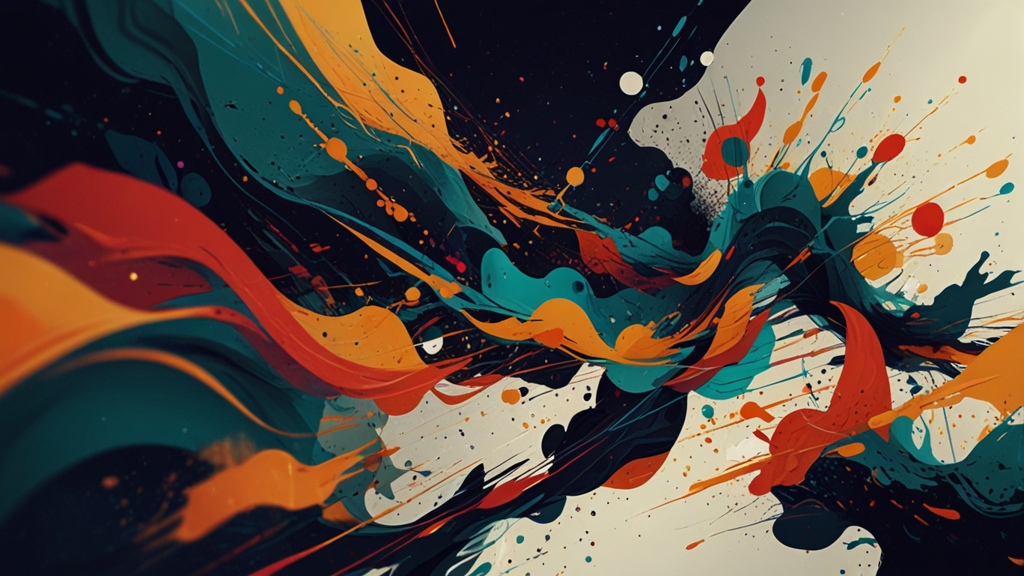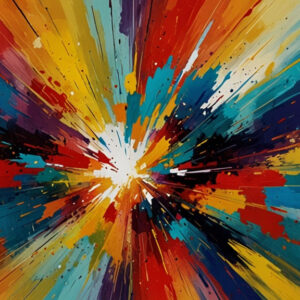Description
3D modeling has emerged as a crucial tool in the fashion industry. Traditional marketing methods, such as photography and flat designs, are no longer sufficient to capture the attention of consumers in an increasingly visual marketplace. Here are several reasons why 3D modeling is essential:
1. Enhanced Visualization
3D models provide a more realistic representation of clothing items than photographs alone. With 3D modeling, customers can see garments from different angles, understand their fit, and appreciate the details in a way that flat images cannot convey. This enhances the shopping experience and helps reduce the likelihood of returns.
2. Cost-Effectiveness
Creating physical samples of clothing can be a costly and time-consuming process. 3D models allow designers to visualize their ideas without the need for expensive fabric and production costs. They can quickly iterate on designs, making adjustments before committing to production.
3. Virtual Try-On Experiences
One of the most significant advancements in online shopping is the ability for customers to virtually try on clothes using 3D modeling. This technology utilizes augmented reality (AR) to allow shoppers to see how garments will look on them without the need to physically try them on. This capability increases customer confidence in their purchasing decisions.
4. Better Marketing Opportunities
3D models can be used in various marketing efforts, from social media campaigns to virtual fashion shows. They can be integrated into websites and mobile applications, providing an engaging way for customers to interact with products.
Benefits of Customized 3D Model Art for Clothing Stores
Customized 3D models offer a range of benefits for clothing stores. Here are some of the most significant advantages:
1. Tailored Branding
Every clothing store has its unique identity and brand message. Customized 3D models allow retailers to reflect their branding in a way that resonates with their target audience. From the design of the clothing to the environment in which it is displayed, every aspect can be tailored to match the store’s branding.
2. Increased Engagement
Interactive 3D models capture the attention of consumers in ways that static images cannot. By providing an immersive experience, stores can keep customers engaged longer, leading to increased likelihood of purchases. Additionally, these models can be shared on social media platforms, further boosting brand visibility.
3. Enhanced Customer Experience
Providing customers with the ability to visualize and interact with products online enhances their shopping experience. This level of engagement can lead to higher customer satisfaction and loyalty. Satisfied customers are more likely to return to a store for future purchases and recommend it to others.
4. Flexibility and Adaptability
The fashion industry is ever-changing, with trends that can shift overnight. Customized 3D modeling allows clothing stores to adapt quickly to new trends. They can create models of new collections or designs in a fraction of the time it would take to produce physical samples.
5. Streamlined Production Processes
3D models can streamline the entire production process. They serve as accurate representations of designs, which can be shared with manufacturers to ensure that the final products match the original vision. This reduces the risk of miscommunication and discrepancies during production.
The Process of Creating Customized 3D Models
Creating customized 3D models for clothing stores involves several steps. Here’s a detailed look at the process:
Step 1: Initial Consultation
The first step in the creation of a customized 3D model is a consultation with the client. This involves understanding the store’s brand, target audience, and specific requirements for the 3D model. This consultation sets the foundation for the entire project.
Step 2: Concept Development
Once the requirements are established, the next step is concept development. This involves creating sketches and mock-ups based on the client’s input. At this stage, the focus is on gathering feedback to ensure that the design aligns with the client’s vision.
Step 3: 3D Modeling
After finalizing the concept, the actual 3D modeling begins. This process involves using specialized software to create a digital representation of the clothing items. Designers pay close attention to details such as fabric texture, color, and fit to ensure accuracy.
Step 4: Rendering
Once the 3D model is created, it is rendered to produce high-quality images and animations. This step enhances the visual appeal of the model, making it more engaging for customers. Rendering can also include adding realistic lighting and shadows to the model.
Step 5: Client Review
After rendering, the model is sent to the client for review. This is an opportunity for the client to provide feedback and request any necessary changes. Collaboration during this phase is crucial to ensure that the final product meets the client’s expectations.
Step 6: Final Delivery
Once the client approves the model, the final version is delivered. This can include various formats suitable for different platforms, such as e-commerce websites and social media. The client can then integrate these models into their marketing strategies.
Online Services for 3D Model Creation
As the demand for customized 3D model art continues to rise, several online services have emerged to cater to the needs of clothing stores. These services offer a range of features designed to streamline the process and enhance the overall experience. Here are some key aspects of these online services:
1. User-Friendly Interfaces
Most online services provide user-friendly interfaces that make it easy for clients to navigate the process of creating 3D models. From initial consultations to final delivery, clients can manage every aspect of the project through an intuitive platform.
2. Collaboration Tools
Effective communication is vital for the successful creation of customized 3D models. Many online services include collaboration tools that allow clients and designers to share ideas, feedback, and revisions seamlessly. This fosters a collaborative environment that leads to better results.
3. Portfolio Showcases
Reputable online services often showcase portfolios of their previous work. This gives potential clients insight into the quality and style of the 3D models they can expect. Reviewing a service’s portfolio can help clients find a provider whose aesthetic aligns with their brand.
4. Competitive Pricing
Online services typically offer competitive pricing structures that can accommodate various budgets. Clients can often choose from different packages based on their needs, allowing for flexibility in budgeting.
5. Fast Turnaround Times
The fashion industry operates on tight timelines, and many online services are aware of this need. They often promise fast turnaround times, allowing clothing stores to launch new collections and marketing campaigns without delays.
6. Integration with E-Commerce Platforms
Some online services provide tools that facilitate the integration of 3D models into existing e-commerce platforms. This ensures a seamless transition from model creation to actual online marketing and sales.
Case Studies: Success Stories of Clothing Stores Using Customized 3D Models
To illustrate the impact of customized 3D models, let’s explore a few case studies of clothing stores that have successfully utilized this technology.
Case Study 1: Fashion Forward
Background: Fashion Forward is an online clothing store specializing in trendy, youthful apparel. With a focus on appealing to a digital-savvy audience, they recognized the need to enhance their online presence.
Implementation: The store partnered with a 3D modeling service to create customized models of their new collection. They utilized virtual try-on technology, allowing customers to see how garments would look on them before making a purchase.
Results: After launching the 3D models on their website, Fashion Forward reported a 35% increase in online sales and a significant decrease in return rates. Customer engagement metrics also improved, with visitors spending more time on the site exploring the interactive models.
Case Study 2: EcoWear
Background: EcoWear is a sustainable clothing brand that prioritizes environmentally friendly practices. They aim to connect with conscious consumers and highlight their commitment to sustainability.
Implementation: To showcase their new eco-friendly collection, EcoWear utilized customized 3D models to emphasize the materials used in their garments. They also created a video featuring the 3D models in a virtual runway show format.
Results: The launch received significant media attention, and EcoWear saw a 50% increase in website traffic. The 3D models helped convey the brand’s sustainability message, attracting customers who value ethical fashion.
Case Study 3: Luxe Apparel
Background: Luxe Apparel is a high-end clothing store known for its exclusive designer pieces. They wanted to provide customers with an unparalleled shopping experience.
Implementation: The store opted for highly detailed 3D models to showcase their luxury collection. They incorporated augmented reality technology, allowing customers to visualize how the garments would look in their own environment.
Results: Luxe Apparel experienced a 40% increase in sales and enhanced customer satisfaction. Customers appreciated the ability to see the intricate details of the luxury items and the virtual try-on experience added a new layer of excitement to the shopping process.
The Future of 3D Modeling in Fashion
As technology continues to advance, the future of 3D modeling in the fashion industry looks promising. Here are some emerging trends and predictions for the future:
1. AI-Driven Customization
Artificial intelligence (AI) is poised to revolutionize the way clothing stores create and utilize 3D models. AI can analyze consumer preferences and trends, helping designers create personalized models that cater to specific audiences. This level of customization will enhance the shopping experience and drive sales.
2. Integration with Virtual Reality
Virtual reality (VR) technology is becoming more accessible, allowing clothing stores to create immersive shopping experiences. Imagine customers being able to walk through virtual stores and interact with 3D models as if they were in a physical space. This could redefine online shopping.
3. Sustainability Focus
As sustainability becomes a critical concern in the fashion industry, 3D modeling will play a significant role in reducing waste. Brands can utilize virtual samples to minimize the number of physical products produced, aligning with eco-friendly practices.
4. Enhanced Interactive Experiences
The future will see even more interactive 3D experiences, including gamification elements that engage consumers. For example, customers could participate in virtual fashion shows or styling challenges, making shopping a more entertaining and engaging experience.
5. Broader Industry Adoption
As the benefits of 3D modeling become more apparent, we can expect broader adoption across various segments of the fashion industry. From small boutiques to large retailers, the use of 3D models will likely become a standard practice in marketing and product development.
Conclusion
Customized 3D model art creation is transforming the landscape of clothing retail. With its ability to enhance visualization, reduce costs, and improve customer engagement, it has become an essential tool for modern fashion retailers. As technology continues to evolve, the opportunities for utilizing 3D modeling will only expand, making it a crucial investment for clothing stores looking to thrive in the digital age.
By partnering with dedicated online services that specialize in customized 3D models, clothing retailers can unlock the full potential of this technology. The future of fashion lies in innovation, and embracing 3D modeling is a step towards a more engaging, efficient, and customer-centric shopping experience.
This service not only meets the demands of today’s consumers but also prepares brands for the challenges of tomorrow, ensuring they remain competitive in an ever-evolving marketplace.





Reviews
There are no reviews yet.